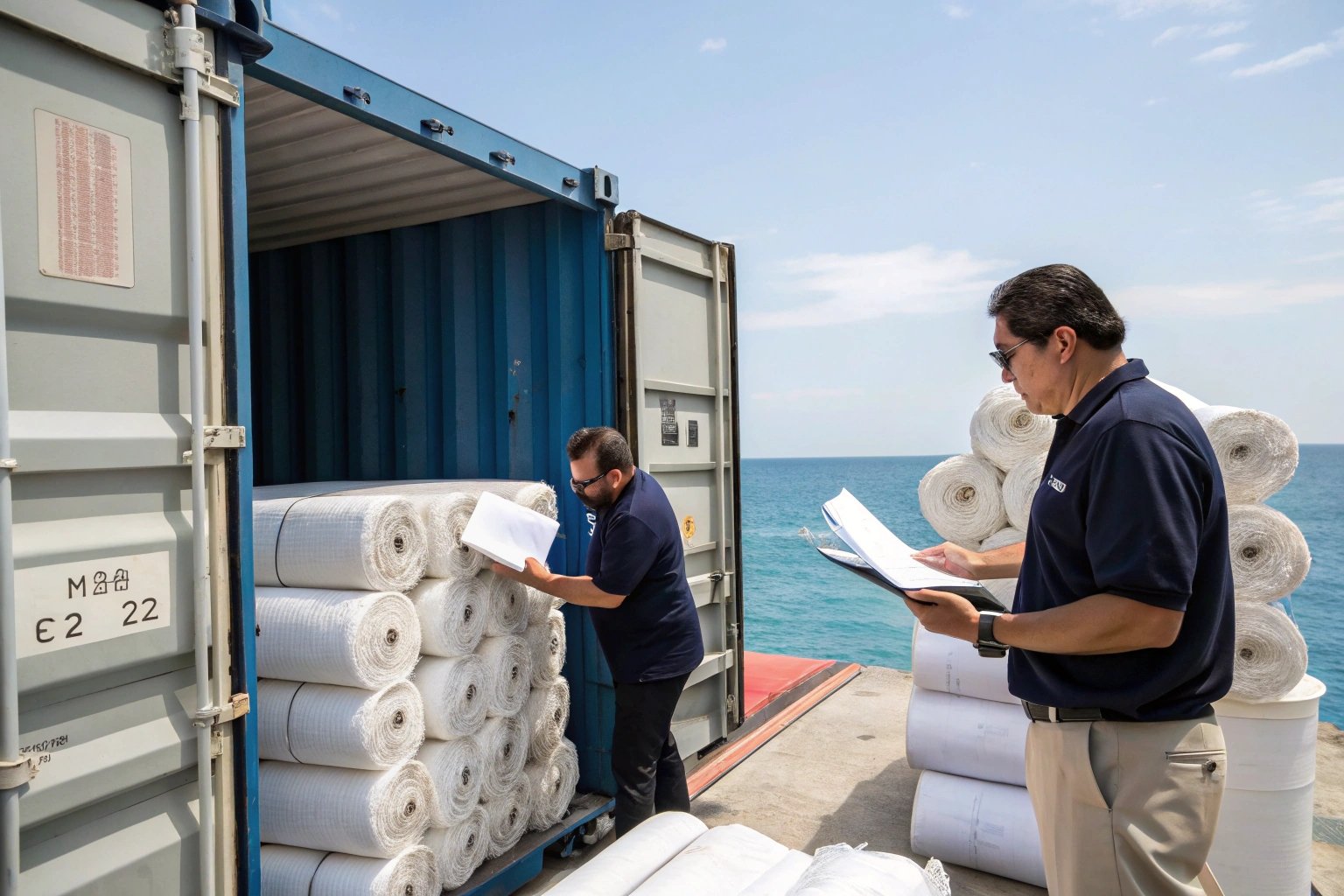For international buyers, every dollar saved on logistics can turn into better margins and fewer headaches. But choosing the right incoterm—especially when dealing with overseas fabric suppliers—can be the difference between smooth shipping and costly surprises. That’s why many experienced importers prefer FOB (Free on Board) terms.
Partnering with fabric suppliers who offer FOB terms gives buyers more control over freight costs, transit arrangements, and supply chain visibility—making the procurement process more efficient and transparent.
As a textile exporter with daily shipments from Keqiao, China, I’ve worked with hundreds of clients under FOB arrangements. In this article, I’ll break down why FOB works better for many global buyers and what to watch out for when setting it up.
What Does FOB Mean in Fabric Export?
FOB stands for “Free on Board” and refers to the point where responsibility shifts from the supplier to the buyer. Under FOB terms, the seller handles all costs and logistics up to the port of departure, after which the buyer takes over.
In FOB agreements, the supplier covers inland transport, export clearance, and port delivery—while the buyer controls the sea freight and destination logistics.
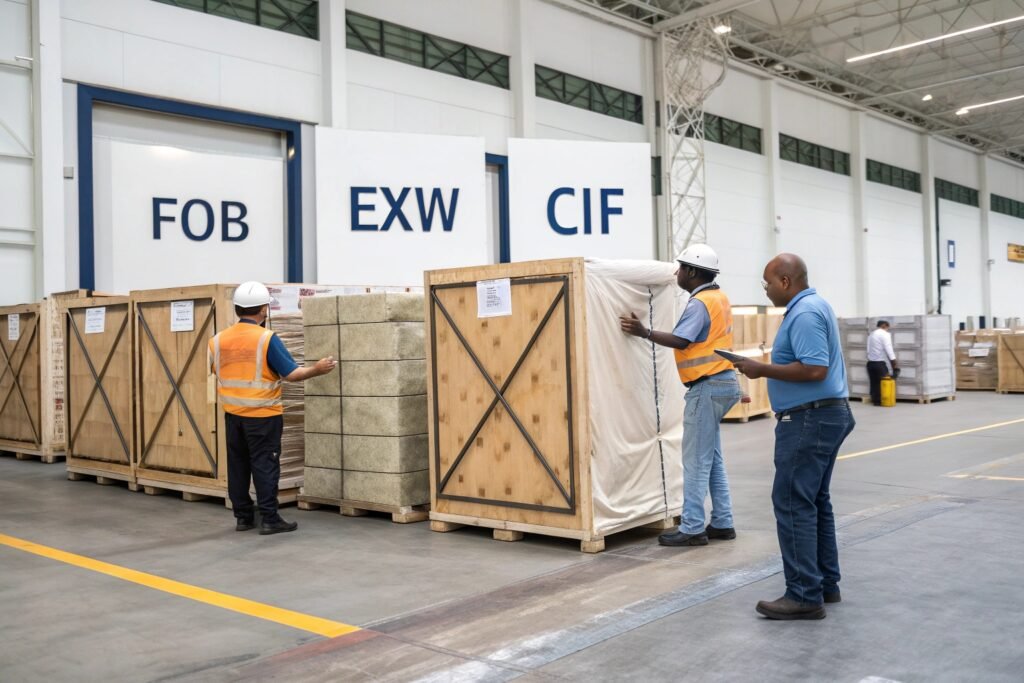
FOB vs. Other Incoterms
| Term | Supplier Responsibility | Buyer Responsibility |
|---|---|---|
| EXW | Fabric at factory gate only | All transport, customs, freight |
| FOB | Local transport + export docs | Freight, insurance, import |
| CIF | Same as FOB + ocean freight | Unloading + import duties |
At Fumao, most of our U.S., EU, and Middle East clients choose FOB Ningbo or Shanghai, which gives them flexibility to consolidate shipments and control freight scheduling.
Why Is FOB Preferred in Fabric Trade?
Compared to EXW (Ex Works), FOB takes care of export customs, origin documentation, and port compliance—all things buyers can struggle to manage remotely. It also avoids inflated CIF charges from some suppliers or forwarders.
With FOB, you know exactly where your responsibility begins—on the ship.
How Does FOB Empower Buyers in Logistics?
One of the biggest advantages of FOB is that it hands freight control to the buyer. You choose the carrier, schedule, and container loading style, allowing for cost comparison and better shipping transparency.
FOB terms allow buyers to select shipping lines, negotiate better freight rates, and optimize transit times by consolidating shipments.
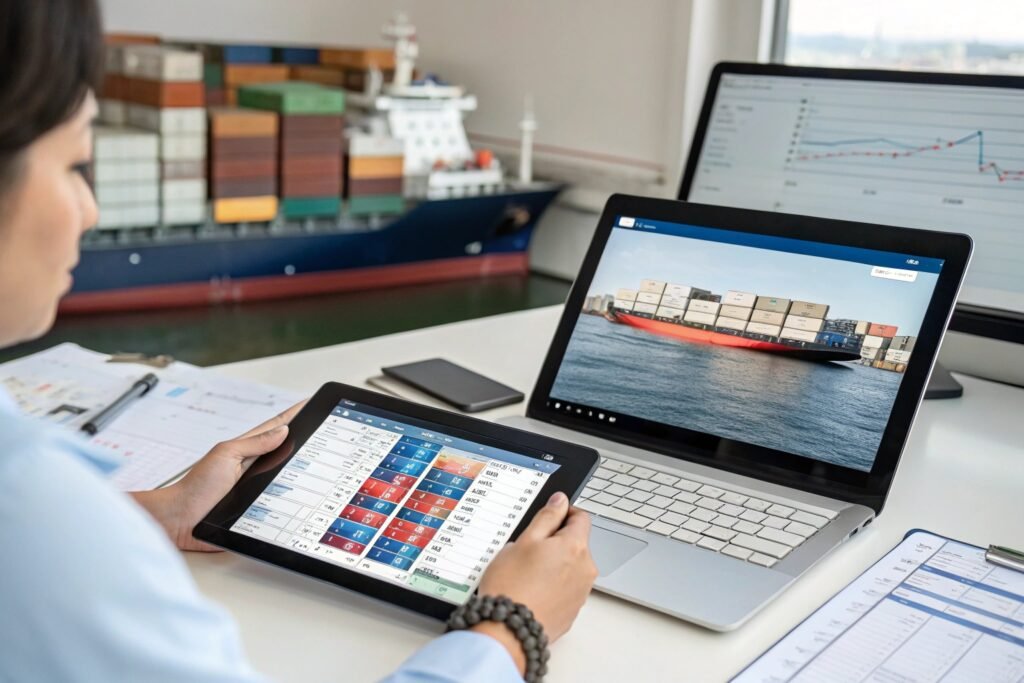
Can Buyers Save on Freight with FOB?
Yes. If you’re shipping regularly or consolidating cargo from multiple suppliers, you can:
- Use your own freight forwarder
- Arrange LCL or FCL loads at preferred rates
- Choose faster or cheaper vessel schedules
- Combine shipments for volume-based discounts
For example, a buyer in Los Angeles coordinating FOB Shanghai from three Keqiao suppliers saved 18% on shipping costs last quarter using a consolidated FCL.
How Does FOB Improve Transparency?
With FOB, all key documents—like the Bill of Lading, Packing List, and Certificate of Origin—come directly to the buyer or their forwarder. This removes guesswork and gives full visibility.
At Fumao, we provide scanned and stamped shipping documents within 48 hours of vessel departure and upload tracking info to the client’s portal.
What Responsibilities Does the Supplier Handle Under FOB?
Under FOB, the fabric supplier is responsible for delivering goods to the named port and clearing Chinese export procedures. This includes:
In FOB fabric orders, the supplier manages packing, inland delivery, port handoff, and export declarations—ensuring goods are legally cleared and ready to ship.
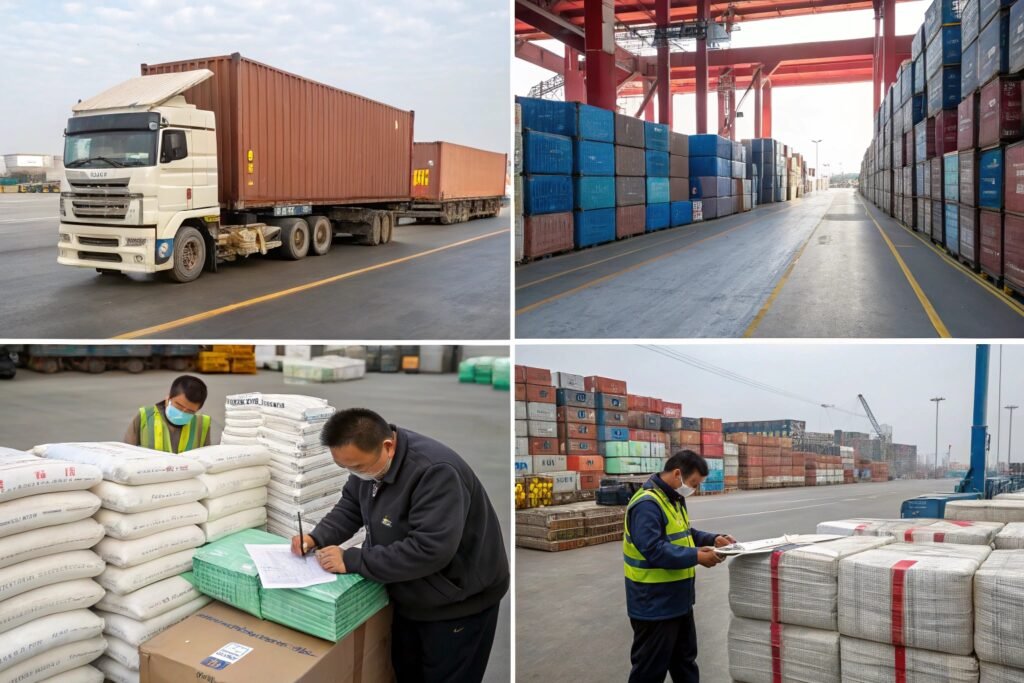
Key Tasks Managed by the Supplier:
- Fabric inspection and packaging
- Labeling and carton marking
- Truck transport to port
- Customs export declaration
- CIQ or textile quota submission (if needed)
- Port loading coordination
At Fumao, our FOB service includes barcode labeling, fabric roll compression, carton wrapping, and palletization—all optimized for international handling.
Can the Supplier Provide Shipping Support Beyond FOB?
Yes. Though FOB ends at vessel loading, many of our clients ask us to:
- Suggest forwarders with proven track records
- Arrange cargo booking on their behalf
- Assist with post-FOB tracking
This hybrid model gives buyers control with added convenience—ideal for first-time importers or clients scaling up.
What Risks Can FOB Terms Help You Avoid?
Not all incoterms offer equal clarity. CIF or DDP terms can lead to hidden costs, delays, or limited freight options. FOB puts more control in the buyer’s hands and helps avoid:
FOB terms reduce risk of overcharged freight, surprise fees, and lack of control—common issues under CIF or supplier-managed shipping.

Common CIF Problems That FOB Avoids:
| CIF Risk | FOB Advantage |
|---|---|
| Inflated freight fees | Buyer negotiates own freight |
| Hidden port charges | Full visibility before vessel sails |
| Delayed documentation | Documents sent directly to buyer |
| Unknown transit schedules | Buyer selects preferred ship lines |
Several of our European clients who switched from CIF to FOB reported smoother customs clearance and fewer port storage penalties, thanks to earlier document delivery.
What About Small Buyers?
Even small-volume buyers benefit from FOB if they’re using a reliable freight forwarder. Many forwarders offer door-to-door LCL consolidation, making FOB a scalable option for both large brands and boutique importers.
How to Get Started with FOB Suppliers?
If you're new to FOB or switching from other terms, the key is clarity in documentation and trust in your supplier’s export competence.
Start by requesting FOB quotes, verify your supplier’s export license, and align on ports, packaging, and documentation standards.
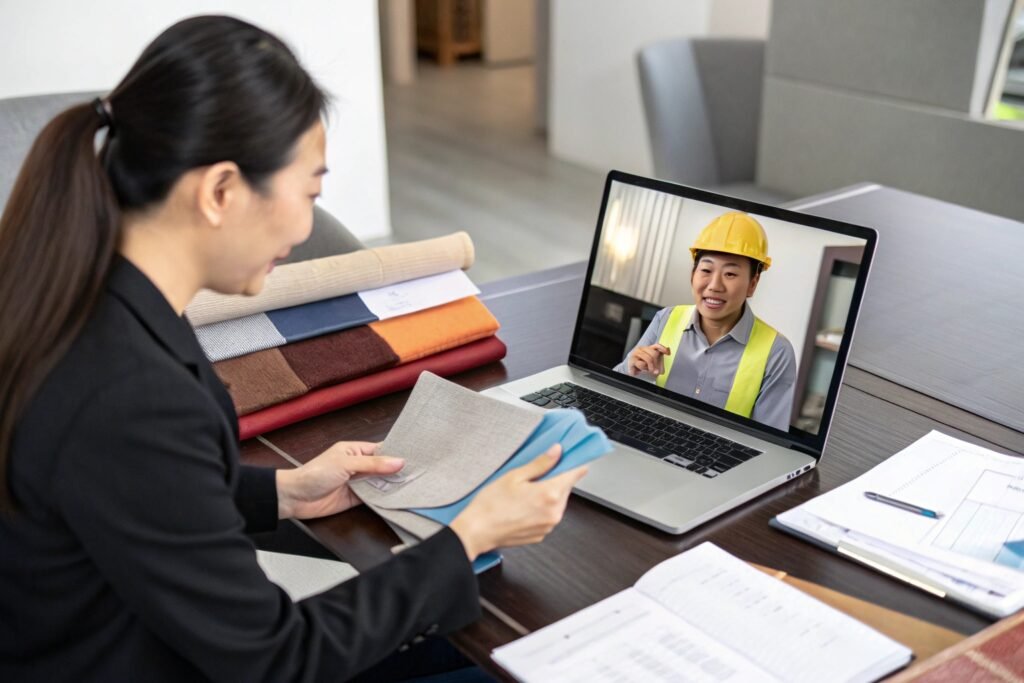
Checklist for Buyers:
- Quote Request: Always specify “FOB + Port Name” (e.g., FOB Ningbo)
- Supplier Vetting: Confirm export license and shipment record
- Port Availability: Confirm nearby ports and inland transit timeline
- Packaging Specs: Carton size, pallet use, fabric roll wrapping
- Required Docs: BL, CO, Invoice, PL, Fumigation (if needed)
We include FOB terms in every PI, and send pre-loading photos, roll QC reports, and real-time WeChat updates during transport to port.
Should You Ask for a Trial Shipment?
Yes. A trial FOB order allows you to test:
- Supplier’s handling quality
- Document accuracy
- Port punctuality
- Freight coordination with your forwarder
Many long-term clients began with a 500–800 meter order under FOB, validated the process, and scaled to full container loads within 2–3 cycles.
Conclusion
FOB isn’t just an incoterm—it’s a strategy. It gives buyers more power, more transparency, and more flexibility in a global fabric market that demands agility. Whether you're sourcing chiffon rolls for fashionwear or rPET oxford for outerwear, working with a fabric supplier who understands and delivers under FOB terms ensures smoother shipments, faster customs clearance, and lower risk. At Fumao Fabric, we’ve shipped thousands of FOB orders from China to 100+ countries—and we’re ready to make your next import smoother than ever.

